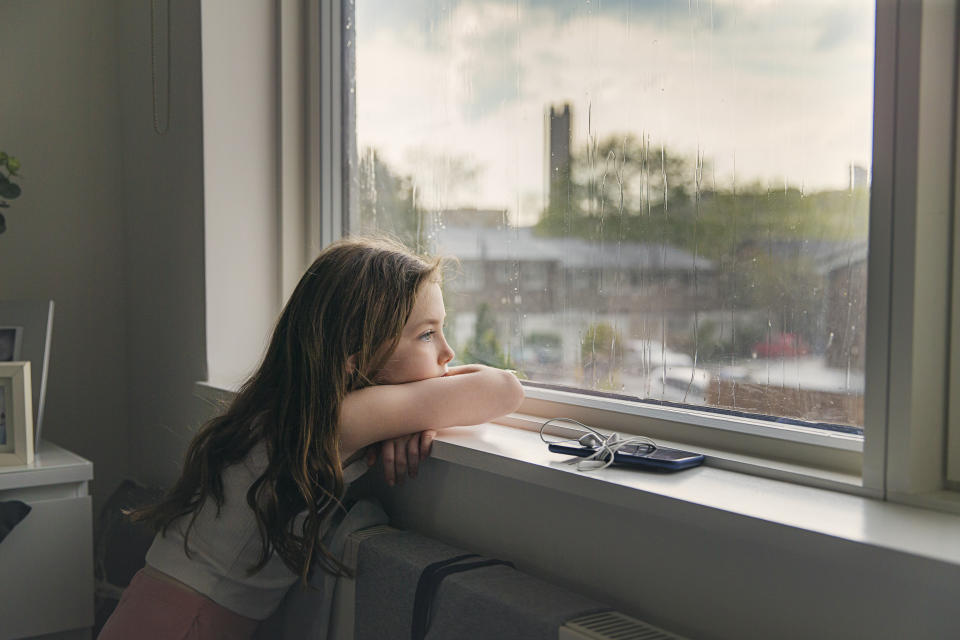The world really DID become a lot quieter during lockdown, researchers reveal

During the early stages of coronavirus lockdowns around the world, people marvelled at how quiet the streets were, and the return of sounds like birdsong.
Now science has confirmed that things really did change.
During the early months of the coronavirus pandemic, people’s exposure to environmental noise dropped by almost half, according to University of Michigan researchers.
The researchers used data harvested from Apple Watch devices worn by volunteers in Florida, New York, California and Texas.
The study was published in the journal Environmental Research Letters.
Read more: Coronavirus shows how vulnerable societies are, says Greta Thunberg
The analysis is among the largest conducted so far, and included more than a half million daily noise levels measured before and during the pandemic.
At the moment when US states issued “stay at home” orders and made announcements about social distancing, daily average sound levels dropped roughly three decibels, the researchers say.
“That is a huge reduction in terms of exposure and it could have a great effect on people’s overall health outcomes over time,” said Rick Neitzel, associate professor of environmental health sciences at the University of Michigan.
“The analysis demonstrates the utility of everyday use of digital devices in evaluating daily behaviors and exposures.”
The results showed the differing responses to the pandemic adopted by different state governments, the researchers say.
Read more: Large-scale solar power set for double-digit growth
“California and New York both had really drastic reductions in sound that happened very quickly, whereas Florida and Texas had somewhat less of a reduction,” Neitzel said.
To begin with, the largest drop in environmental sound exposure was seen on the weekends, where nearly 100% of participants reduced their time spent above the 75 dBA threshold (a sound level roughly as loud as an alarm clock) between Friday and Sunday.
Neitzel said: “After the lockdowns, when people stopped physically going to work, the pattern became more opaque.
“People’s daily routines were disrupted and we no longer saw a large distinction in exposures between the traditional five working days versus the weekend.”
The difference in sound exposures will allow researchers to begin describing what personal sound exposures are like for Americans who live in a particular state, or are of a particular age, or who have or do not have hearing loss.
“These are questions we’ve had for years and now we’re starting to have data that will allow us to answer them,” Neitzel said.
“We’re thankful to the participants who contributed unprecedented amounts of data. This is data that never existed or was even possible before.”


